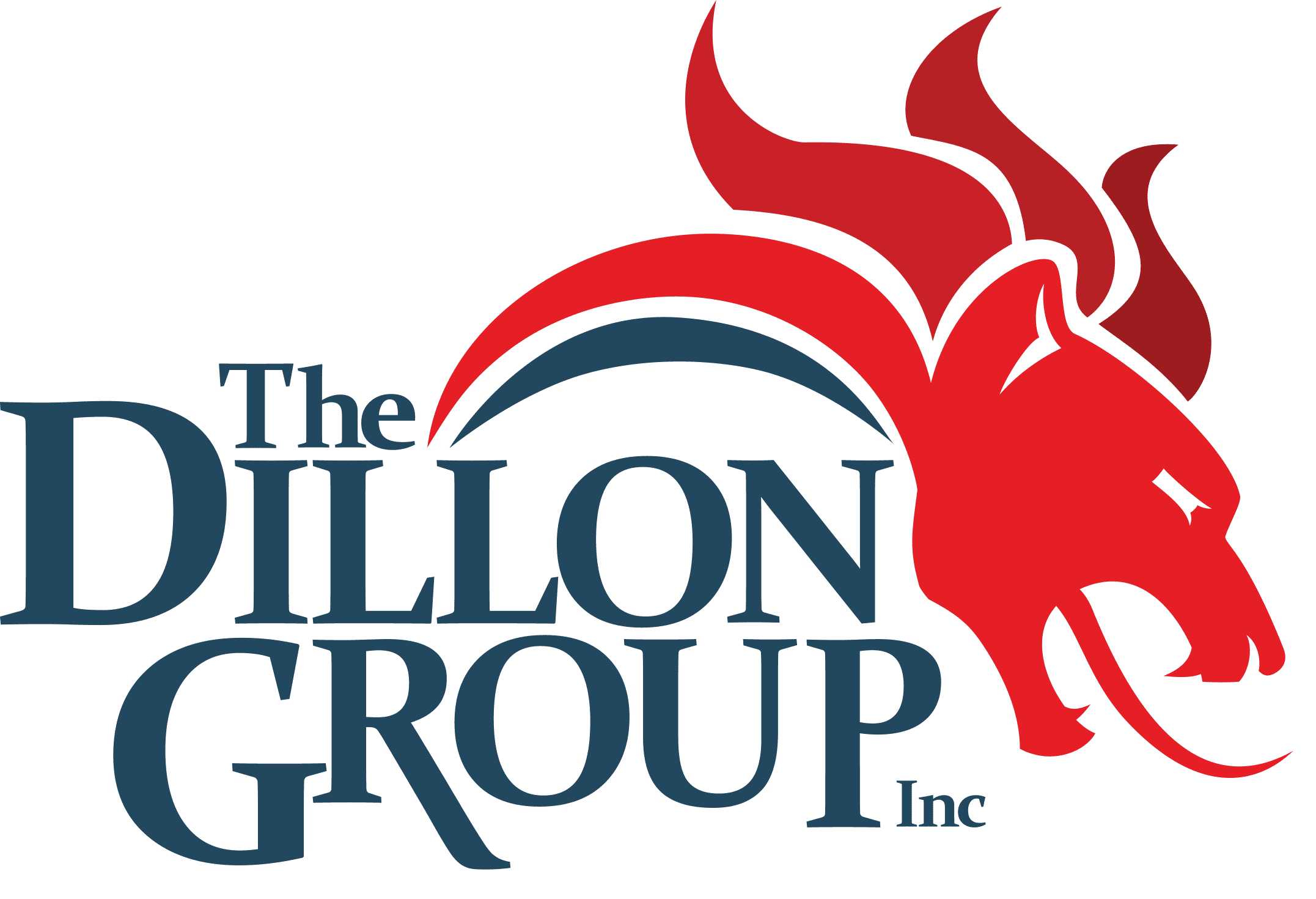Free Ridership
Free ridership is a theory that has taken the energy code universe by storm. Perhaps by stormtroopers would be a better analogy. Free ridership basically is a theory that doesn’t give credit to beyond minimum performance- essentially saying, “You are already performing beyond our minimum expectations, so why should we reward you?”
If we were to apply the theory of free ridership to an academic setting, we would gauge performance by this grading system: everyone gets either a C or an F. No more academic honor rolls, no more scholastic societies, no more Dean’s List. No rewards in the form of scholarships, certificates, or extracurricular activities. It’s now a simple game of “Do the least you can to pass” or “You didn’t meet the minimums to pass”.
If we were to apply the theory of free ridership to an athletic setting, we would set benchmarks for athletic performance. In track and field, for example, we would set a maximum time benchmark for the 100-meter sprint; all the athletes who are faster than the benchmark time get the same medal, while those who are slower than the benchmark time get no medal at all.
In both of these competitive settings, free ridership ignores some pretty basic human psychology. When it comes to performance, people are either intrinsically motivated to perform or extrinsically motivated.
Extrinsically motivated people do the least they have to in order to survive. For their performance to improve, external forces have to act to overcome their inertia to force them to change, to push them in the direction of the desired behavior.
Intrinsically motivated people, on the other hand, want to perform better. They are constantly seeking to improve, to master their craft, to become the best at what they do.
Anyone who doesn’t believe home building is a competitive field should go see a doctor, preferably one who specializes in restoring brain function.
From an energy code perspective, the prescriptive path for energy code compliance was designed for extrinsically motivated builders. The prescriptive path forces builders to change their behavior, pushes them to improve the energy efficiency of buildings through the external force of regulation.
The performance path was designed for intrinsically motivated builders. It set the baseline at the prescriptive path level, but gave builders the freedom to do better than the minimum required by regulation. In fact, the builders would be rewarded for choosing to improve the energy efficiency of buildings without being forced to.
Then, in 2009, the theory of free ridership hit the energy code universe, led by stormtroopers disguised as energy efficiency advocates. The theory of free ridership took away the freedom to improve by removing the mechanical equipment trade-offs. The stormtroopers reasoned that builders shouldn’t get credit for something they were going to do anyway and forced an extrinsic motivation
mechanism onto intrinsically motivated builders. Holy cow!
We know what happens when extrinsic forces are applied to intrinsic-minded people. They first reject the idea and actively oppose it; then, as more external force is applied to overcome the opposition, they sullenly comply; finally, their innovative spirits crushed under the jackboots of excessive regulation, they accept their fate and new reality.
However, for some the spark of rejection ignites a fire of opposition- and since they are by nature motivated internally and are innovative, they devise a mechanism to allow them to continue to improve the energy efficiency of buildings without having to rely on the force of external regulation.
This scenario played itself out during the last ICC code hearings and resulted in the inclusion of an energy rating index as a third compliance option.
Free ridership has an unintended (perhaps) consequence of demotivating high performance. I say “perhaps” because it may not be unintended.
When free ridership is applied, performance will predictably go down to the lowest level allowed. In the performance path for energy code compliance, this lowered performance level can then be used as the pretense for increasing regulation, pushing intrinsically motivated builders into the extrinsic, prescriptive path.
Who benefits from this? Not the consumers, who will have to bear the increased cost for marginal performance improvements. Not the builders, who will incur the costs in the face of declining sales and profitability. Not the code officials, who have a hard time enforcing regulations already on the books.
The beneficiaries of the theory of free ridership are the traditional insulation and glass manufacturers who gain a captive market of builders who are forced by regulation to purchase their products at the price demanded by the manufacturers.
The other beneficiaries of the free ridership theory are the organizations funded by the manufacturers who promote this theory. Follow the money trail, and you will find many stormtroopers disguised as advocacy groups.
These advocates need to remember the lessons of history: when the internal motivation to perform is supplanted by the external force of regulation, performance will sink to the lowest level, not rise to the highest level. When best practices become minimum standards, best practices evaporate along with innovation unless another alternative path appears.
Free ridership stifles innovation while filling the coffers of those who are extracting maximum value out of the American Dream.
